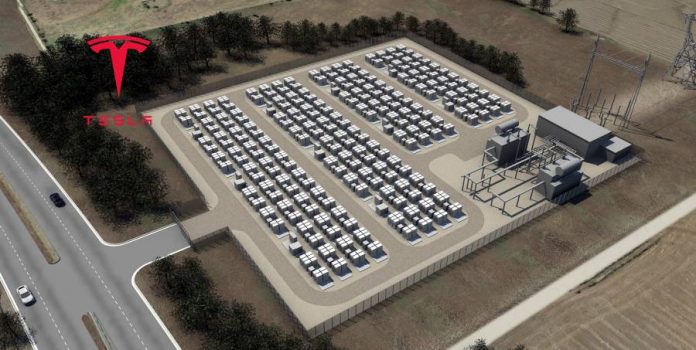
Tesla Motors Inc., AES Corp., and Altagas Ltd. inaugurated three new battery storage plants in Southern California on Monday. The battery grid will serve as a backup source of energy that will provide power to neighboring areas.
The project responds to increasing environmental concerns in the state of California and its favorable conditions for adopting alternative energy models.
The West Coast is one of the primary markets for solar power and electric cars.
The installation of Tesla’s plant could not have been possible without the company’s continuing efforts to push for renewable energies and its new, self-sustainable Gigafactory just outside Reno, Nevada.
Tesla built the world’s largest battery plant in record time
With 396 stocked units, Tesla’s plant is the biggest of its kind in the world. If we add the two facilities by Altagas and AES, the joint grid amounts to 15 percent of battery storage installations in the planet during 2016.
For Tesla, the project was a test of its capabilities to be as efficient as the energy they generate. The company took three months from manufacturing the battery components to installing the interconnected metal encasings near a freeway in SoCal.
The whole process, which would have taken months or years at a different point in history, took so little thanks to the Gigafactory’s operations. The massive facility started the year at full steam, and it intends to double the current supply of battery storage solutions by the end of 2017.
Battery storage could be a clean energy solution in future
https://www.youtube.com/watch?v=7WpXUxI5MnA
As the world shifts its focus from fossil fuels to renewable energies, battery storage plants have started to rise as a potential long-term solution that seems applicable in the short term.
In the simplest of terms, what these facilities do is charge power from the same electric grid that feeds towns and cities and saves it for later use. They could work as backup generators or as a second power plant that relieves the primary source.
There are several benefits to this alternative model, including low maintenance costs, relatively quick installation, and ever-decreasing prices of raw materials such as the lithium used in the manufacturing process.
Both Tesla and other companies in the same sector already have contracts in place with the government of California to build more of these storage plants. By 2021, AES will have completed a battery grid project five times larger than Tesla’s SoCal plant.
However, Tesla has a trick up its sleeve that could help it soar even higher above its competitors: SolarCity. With a newly-merged company, Elon Musk can cover more ground and even combine the two technologies to offer the ultimate energy solutions sooner than we expect.
Source: The New York Times










